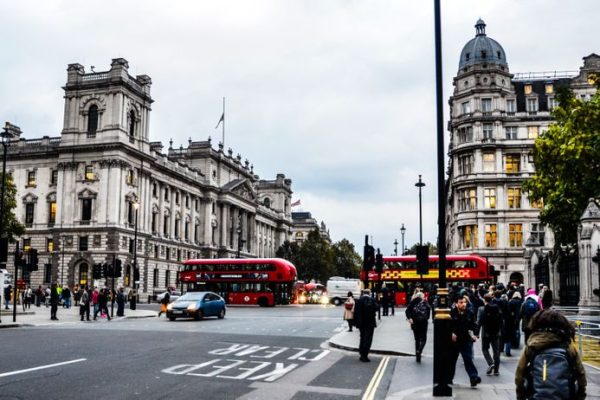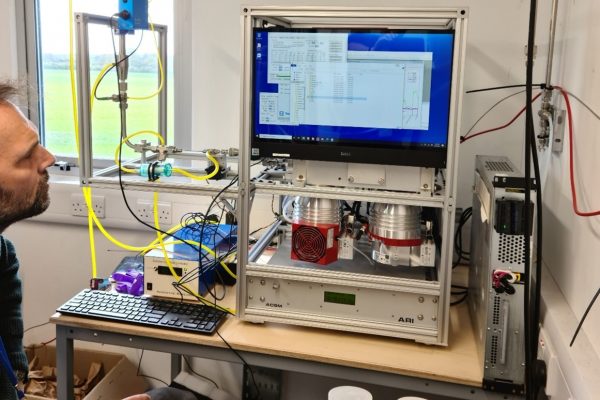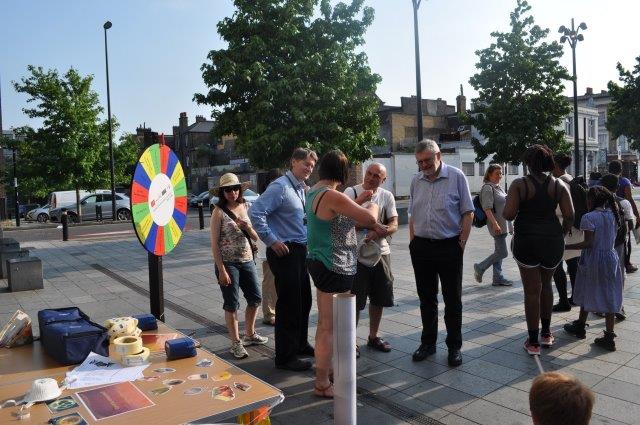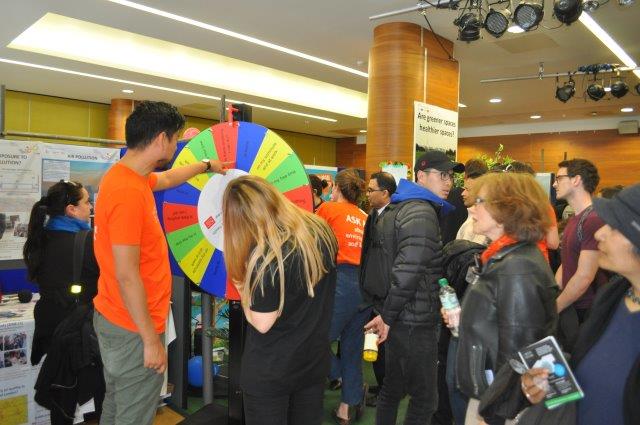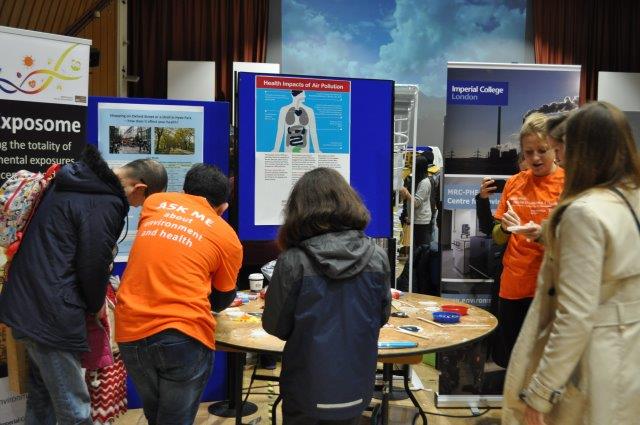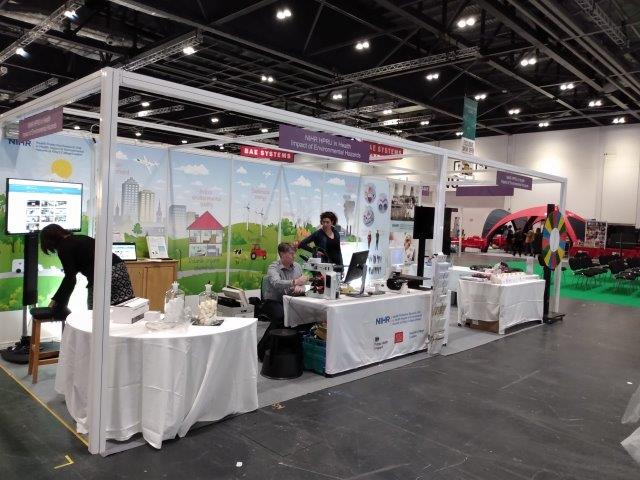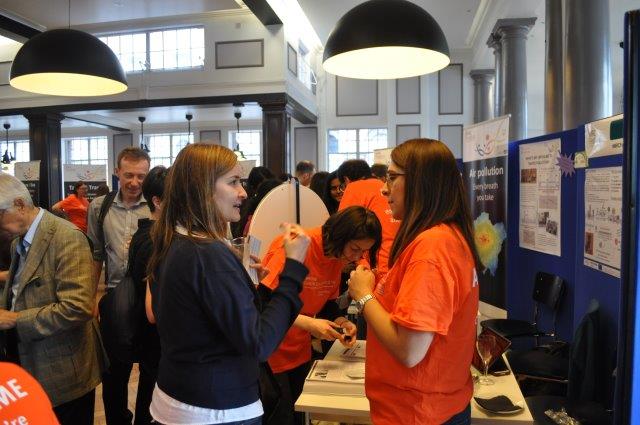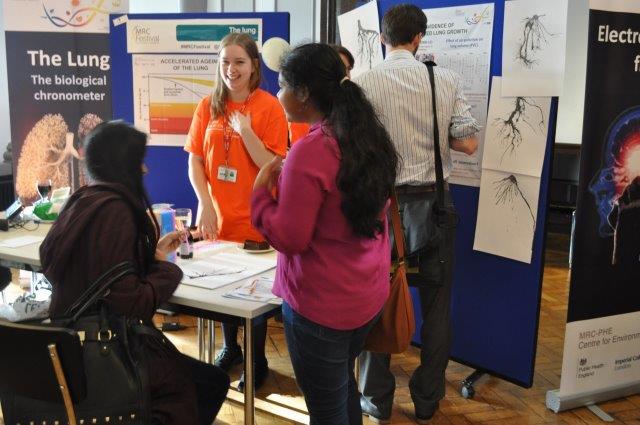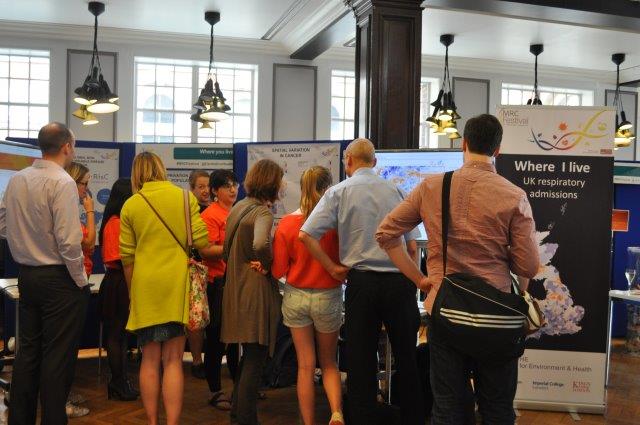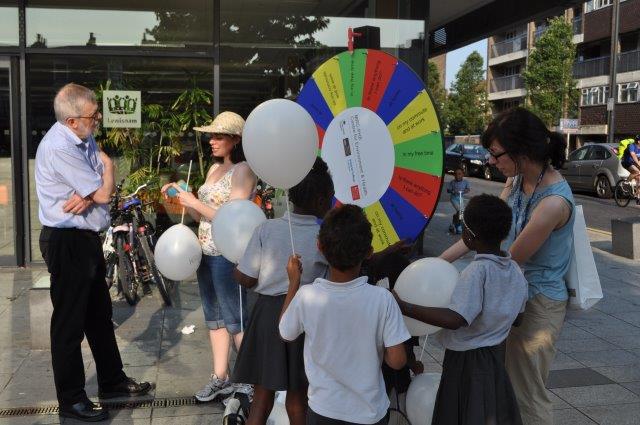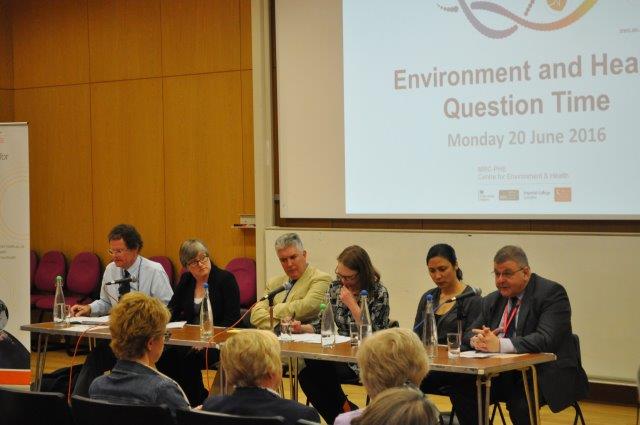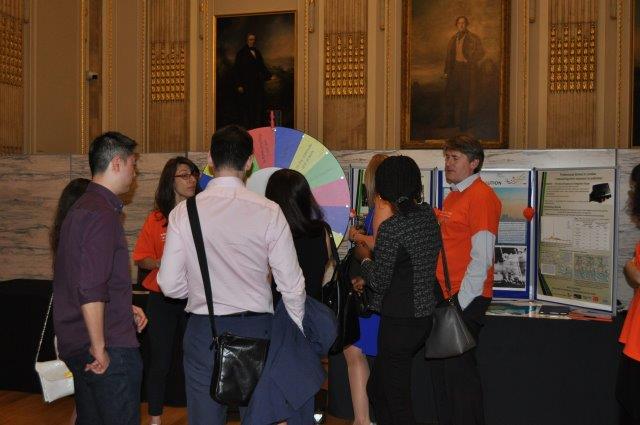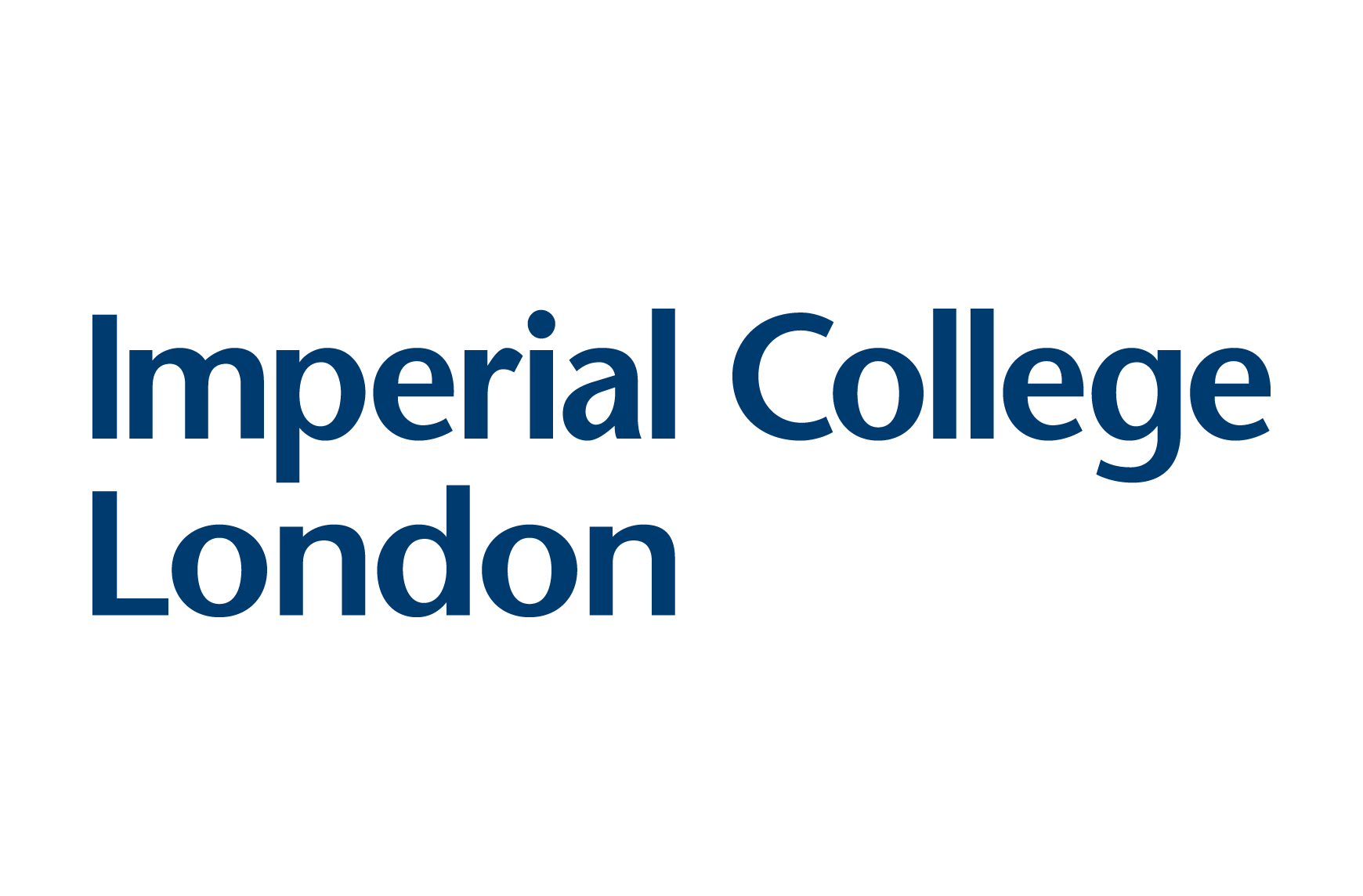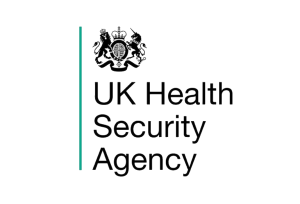Welcome
Welcome to the National Institute for Health and Care Research Unit (NIHR HPRU) in Environmental Exposures and Health at Imperial College London.
This HPRU is a partnership between Imperial College London and the UK Health Security Agency, in collaboration with King’s College London and the MRC Toxicology Unit, Cambridge.
We have strong links with the Chemical and Radiation Threats and Hazards HPRU and the MRC Centre for Environment and Health and to ensure we operate as a highly collaborative matrix, analogous to the UK Health Security Agency’s multi-functional, single-agency model, we have created a Joint Steering Committee, Training Programme Committee, Public and Community Involvement, Engagement and Participation Committee and Public and Community Oversight Group.
This HPRU brings together our expertise in air quality measurement and modelling, exposure assessment, conducting large-scale epidemiological studies, biomarkers and disease mechanisms and chemical toxicology of fibres and particles to produce the scientific evidence needed to support the effective protection of the population from these environmental hazards.

Mission
The mission of this HPRU is to undertake the highest quality research on the health effects associated with exposure to a range of environmental pollutants, including those in the ambient and indoor settings. Our aims are to improve the understanding of the distribution, determinants and pathways linking these exposures to health effects, to provide scientific evidence that will impact directly on public health practice and policy, and to train the next generation of research leaders in environment and health.
Research
The research programme is organised into four complementary themes focusing on furthering understanding of the risk of ambient and indoor air pollutants on health, by examining a range of adverse endpoints in specific population subgroups (e.g. adverse birth outcomes and cognitive function in school children) and in specific locations (indoor, homes and offices, transport micro-environments including the London Underground).
In addition, we will look at emerging exposure issues including e-cigarettes, microplastics, illicit and herbal drug use and brake and tyre wear toxicology.

Theme I - Challenges
1. What are the exposures to toxicants from all environmental sources and consumer products in different populations?
2. Can models be developed to predict exposure?
3. What is the public perception of risk from these toxicants and how are potential risks best communicated?
Theme III - Challenges
1. What biomarkers emerge following acute exposure to different air pollutants and do they discriminate between different sources?
2. Are non-exhaust PM emissions (brake, tyre and road wear) of toxicological relevance and what are the relative toxicities of exhaust PM and NO2?
3. What are the relative toxicities of e-cigarette components?
Theme II - Challenges
1. What are the impacts of air pollution on birth outcomes, cognitive development, mental health and dementia in later life ?
2. What are the impacts of traffic related air pollution on school children’s neurodevelopment and overall health and to what extent does the ULEZ mitigate against any adverse effects ?
3. What, if any, is the impact of air pollution on the London Underground?
Theme IV - Challenges
1. Do microplastics have detrimental human health effects?
2. What are the potential health consequences of waste fires on local populations?
3. What are the health impacts of living near biomass electricity generating installations or being exposed to waste fire emissions?
Latest News
-
London Is Now the World’s Largest Low-Emissions Zone. Was the Fight Worth It? Professor Frank Kelly comments
Posted on December 1, 2023Continue readingProfessor Frank Kelly comments in Bloomberg News on whether he thinks that the ULEZ expansion will benefit the future of air pollution emissions.
-
River sampling study shows impact of COVID-19 pandemic on London’s waterways
Posted on November 25, 2023Continue readingDr Leon Barron of the Environmental Research Group, Imperial College London, reports on the one of the largest studies with detailed insights into aspects of London’s water quality.
-
Is the UK doing enough to monitor air pollution? Evidence from the Breathe London Network, Environmental Research Group
Posted on October 16, 2023Continue readingThe Breathe London Network is featured by the BBC as they look at current efforts to monitor air pollution in the UK.
-
Drivers likely to benefit from London Ulez, Sadiq Khan to say
Posted on October 4, 2023Continue readingA new report from Environmental Research Group scientists examines the damaging forms of pollution.
-
Imperial experts to study air pollution exposure inside 100 London homes
Posted on September 8, 2023Continue readingA groundbreaking Imperial-led study is looking at indoor exposure to air pollution in more than 100 homes in West London. The WellHome study, led by Imperial College London’s world-leading Environmental Research Group, is a first-of-its-kind community-based study focusing on assessing air quality inside and outside of homes, as well as identifying various contaminants such as chemicals, […]
-
Real time PM2.5 composition data for London available to the public
Posted on August 23, 2023Continue readingThe Aerosol Science Team has released its PM dashboard, a web-based tool showing the chemical composition of PM2.5 in London’s air. Data collected from advanced equipment located at the team’s air quality supersites is updated every hour and disseminated live to the public. To visit the dashboard click here. Read more.





